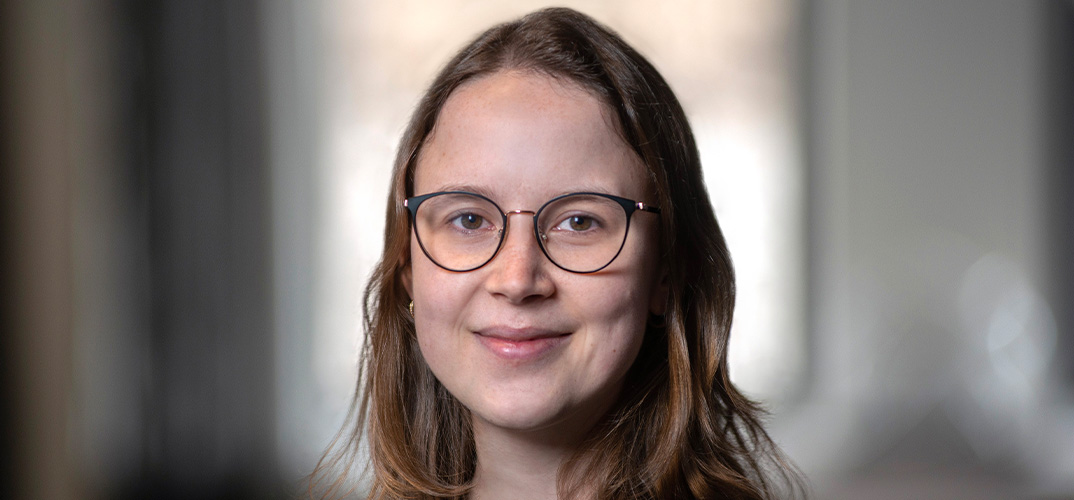Herts Secures Another Prestigious Astrophysics Research Fellowship

The University of Hertfordshire has announced its second prestigious astrophysics research fellowship within just a few weeks.
Accomplished astrophysicist Dr Sophie Koudmani, presently of Cambridge University, will be joining Herts this October after winning a prestigious research fellowship.
She follows Dr Beatriz Mingo, who won an Ernest Rutherford fellowship from the Science and Technology Facilities Council towards the end of May.
Dr Koudmani was one of just eight academics across the whole UK awarded a Royal Commission for the Exhibition of 1851 research fellowship. The three-year funding for advanced research is only given to early career scientists of exceptional promise.
The Commission numbers 2013 Nobel Prize winner Dr Peter Higgs among its alumni for research fellowships.
Dr Koudmani’s research aims to develop next-generation, multi-scale models for the energetic feedback originating from supermassive black holes and their growth.
“The James Webb Space Telescope has found many more active supermassive black holes in the early Universe than predicted,” Dr Koudmani said.
“Radio telescopes have detected a distinctive hum from supermassive black hole mergers, marking the first detection of gravitational waves in the supermassive regime.
“More sophisticated galaxy formation models than have been possible until now are required to bridge the gap and produce a better-informed understanding of these state-of-the-art observations and sharpen the aim of future surveys.”
Her research builds on her pioneering work on black holes in dwarf galaxies and accretion disc physics. It will be conducted in several stages from small scale simulations of individual galaxies to cosmological simulations of representative regions of the universe containing tens of thousands of galaxies, taking advantage of the latest advancements in artificial intelligence to connect different realms of the cosmos and craft a multi-scale model of the growth and feedback of supermassive black holes.
“This will allow predictions for upcoming electromagnetic and gravitational-wave observatories and be crucial to decipher the co-evolution of galaxies and supermassive black holes.”
Professor Kristen Coppin, Director of the Centre for Astrophysics Research at Herts, said:
“The University of Hertfordshire and the county itself is becoming synonymous with cutting-edge astrophysics thanks to our repeated research successes.
“We are attracting the best talent in the field because of the high quality of our research, facilities, and courses.
“That is amply demonstrated by the fantastic news that Sophie will be joining us to conduct her research and will join Beatriz Mingo here among our research fellows.”
The University has around 40 research astrophysicists on its staff, with some 30 postgraduate students also researching astrophysics.
John Lavery, Secretary, 1851 Royal Commission, added:
“We are delighted to welcome Dr Sophie Koudmani and the University of Hertfordshire to the 1851 Royal Commission community.”
Herts researchers have made significant discoveries on matters such as the composition of far-off galaxies, the furthest ever detection of a galaxy’s magnetic field, the history of our nearest galaxy, and hidden stars at the heart of our Milky Way.
It has one of the country’s best-equipped teaching observatories, at Bayfordbury, and it conducts regular outreach work with local schools and community groups.